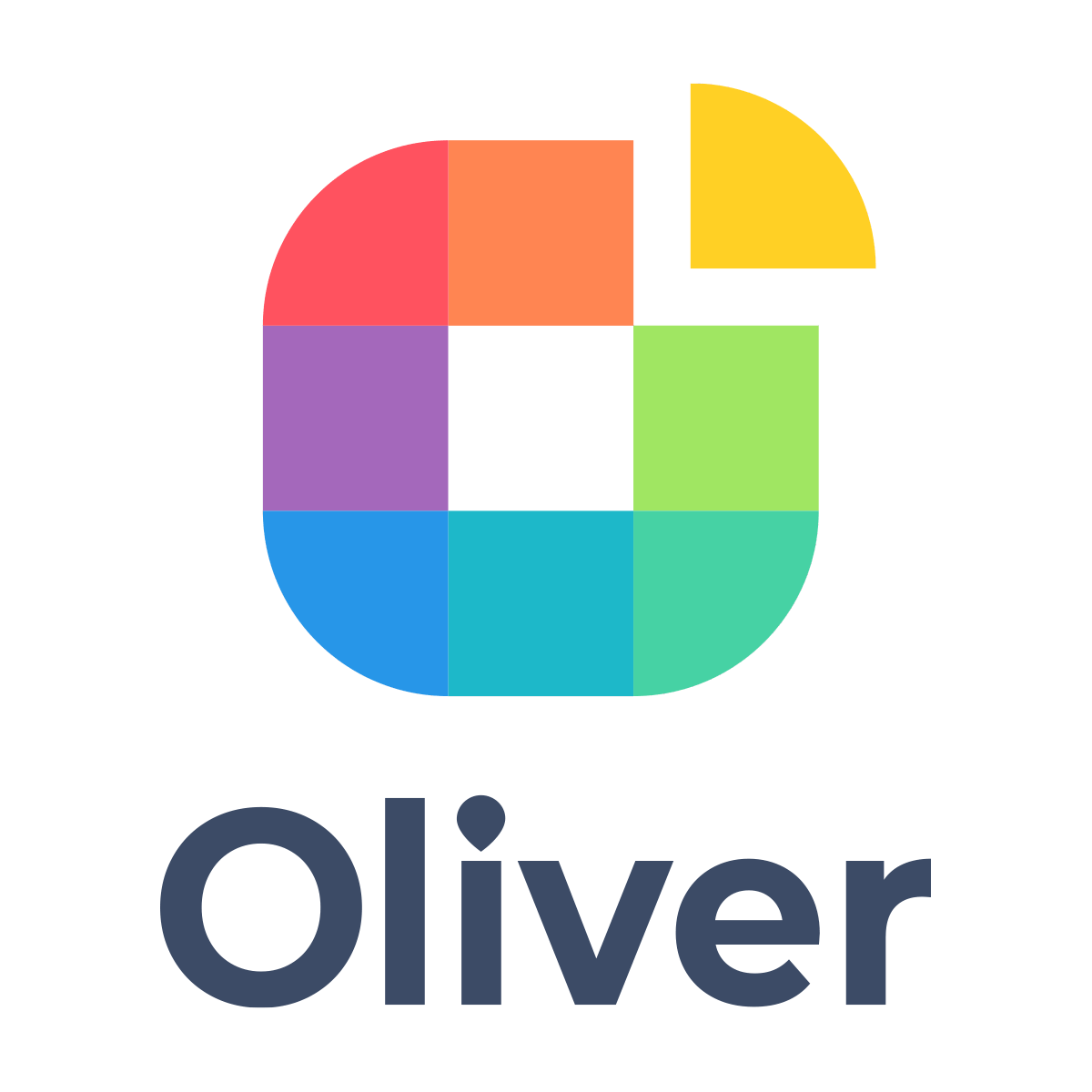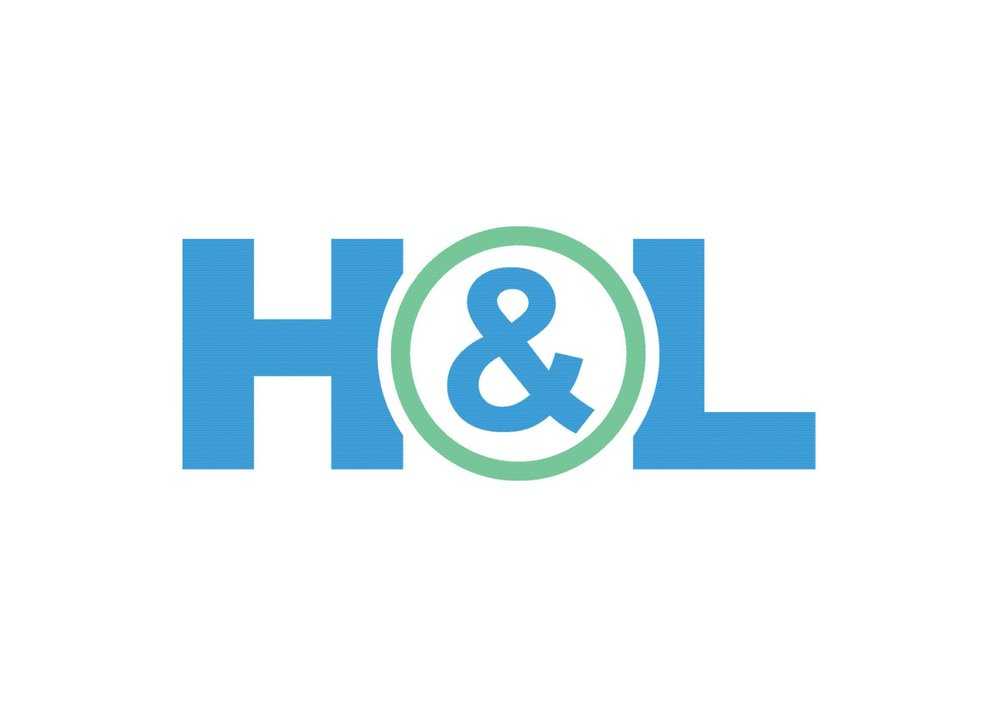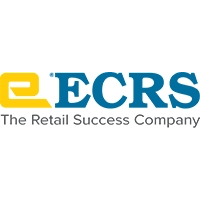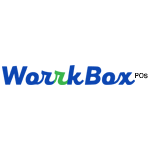Description

Oliver POS

H&L POS
Comprehensive Overview: Oliver POS vs H&L POS
Oliver POS
a) Primary Functions and Target Markets:
-
Primary Functions:
- Oliver POS is a point-of-sale system that integrates with WooCommerce, a popular e-commerce platform used by businesses running WordPress websites.
- It offers features such as inventory management, sales reporting, payment processing, customer management, and support for hardware peripherals like barcode scanners and receipt printers.
- The system supports both physical and online store environments through seamless integration with WooCommerce.
-
Target Markets:
- Small to medium-sized businesses (SMBs) that use WordPress and WooCommerce for their e-commerce platform.
- Retailers who operate both online and in brick-and-mortar stores, seeking a unified system to manage sales and inventory across multiple channels.
b) Market Share and User Base:
- Oliver POS caters specifically to the WooCommerce market, which holds significant popularity among small business e-commerce platforms.
- While exact market share data might not be publicly available, its tight integration with WooCommerce suggests a niche but potentially substantial user base within that ecosystem.
c) Key Differentiating Factors:
- WooCommerce Integration: Oliver POS is uniquely designed for WooCommerce users, providing a native and seamless POS experience directly linked to their existing online store infrastructure.
- Ease of Use: The integration with WooCommerce allows for a more intuitive setup and operation for users already familiar with the platform, minimizing the learning curve.
- Flexibility: Supports both physical and online stores, providing businesses with versatile channel management.
H&L POS
a) Primary Functions and Target Markets:
-
Primary Functions:
- H&L POS is a comprehensive point-of-sale and hospitality management solution.
- It includes features like table management, customer relationship management (CRM), inventory tracking, staff management, and advanced reporting.
- The system also supports integrations with accounting software, online ordering platforms, and loyalty programs.
-
Target Markets:
- Primarily targets the hospitality sector, including restaurants, cafes, bars, and hotels.
- Designed for businesses looking for robust systems to manage both front-of-house and back-of-house operations efficiently.
b) Market Share and User Base:
- H&L POS is well-established in the hospitality industry and is utilized by a wide range of businesses within this field, particularly in Australia and New Zealand.
- It may not command a large market share in the broader global POS ecosystem compared to giants like Square or Toast, but it holds a significant presence in its niche market.
c) Key Differentiating Factors:
- Industry Specialization: Tailored specifically for the hospitality industry, offering features that address unique challenges such as table turnover optimization and split billing.
- Comprehensive Management Tools: Provides end-to-end solutions, incorporating both customer-facing and back-office management tools in one platform.
- Customizability: Offers a high degree of customization to suit various hospitality environments, from quick-service restaurants to fine dining establishments.
Comparative Analysis
-
Integration vs. Specialization: Oliver POS distinguishes itself through its seamless integration with WooCommerce, making it ideal for businesses that require online and offline sales synchronization. In contrast, H&L POS specializes in the hospitality sector, offering features and customizations tailored to food and beverage service establishments.
-
Target Markets and Use Cases: The primary user base for Oliver POS is retailers using WooCommerce, whereas H&L POS serves the hospitality industry. This reflects in their feature sets, with Oliver POS focusing on e-commerce integrations and H&L POS on dining and service management.
-
Market Presence: Both systems are prominent within their niches, with Oliver POS deepening its reach wherever WooCommerce is popular and H&L POS maintaining a solid foothold in the hospitality industry, especially in Australia and New Zealand. Their market penetration outside these niche areas is typically more limited compared to broader POS providers.
Understanding these nuances can help businesses choose the most suitable system based on industry needs and existing digital infrastructure.
Contact Info

Year founded :
Not Available
Not Available
Not Available
Not Available
Not Available

Year founded :
1987
+61 1800 778 340
Not Available
Australia
http://www.linkedin.com/company/hl-point-of-sale
Feature Similarity Breakdown: Oliver POS, H&L POS
Oliver POS and H&L POS are both point-of-sale systems that cater to retail businesses, but they are designed with different types of users and markets in mind. Here's a breakdown of their feature similarities and differences:
a) Common Core Features
Both Oliver POS and H&L POS offer several core features typical of modern point-of-sale systems:
-
Sales Processing: Both systems enable basic transactional functions such as sales, refunds, discounts, and voids.
-
Inventory Management: Each provides inventory tracking capabilities, helping businesses manage stock levels, receive alerts for low stock, and update product information.
-
Customer Management: They allow tracking of customer data to facilitate personalized service and marketing. This can include recording purchase history and preferences.
-
Reporting and Analytics: Both systems deliver reporting tools that aid in understanding sales performance, employee productivity, and customer trends.
-
Integrations: Oliver POS and H&L POS support integrations with other business tools and software, although the specific platforms they connect to might vary.
-
Multi-Store Support: Each system can be used across multiple store locations, ensuring uniform inventory and sales processes.
b) User Interface Comparison
The user interfaces of Oliver POS and H&L POS are designed with a focus on usability, but there's a distinction in their approach:
-
Oliver POS: This system generally caters to smaller to mid-sized businesses and is praised for its clean, easy-to-understand interface. It's designed to be intuitive, especially for users who might not be technologically savvy. Oliver POS is known for its seamless integration with WooCommerce, offering an interface that feels like an extension of the WooCommerce dashboard.
-
H&L POS: Targeting the hospitality and retail sectors, H&L POS offers a more robust and potentially complex interface that is rich in features. It is designed to handle high-volume and fast-paced environments, which can make it seem more complex to new users. It might require more training, but offers deep functionality once learned.
c) Unique Features
Each system offers unique features that tailor them to their target markets:
- Oliver POS:
- WooCommerce Integration: Unique to Oliver POS is its deep integration with WooCommerce, allowing businesses running their online store on WooCommerce to seamlessly manage both offline and online sales.
- Customizable Interface: Businesses have the ability to tailor the POS interface more directly to their business needs, creating a flexible, personalized checkout experience.
- H&L POS:
- Advanced Hospitality Features: Specific to H&L POS are features designed for the hospitality industry, such as table management, split billing, and order tracking systems for kitchens and bars.
- Comprehensive Staff Management: H&L POS includes robust employee scheduling and management features, which are essential for large teams and businesses with complex staff structures.
Ultimately, the choice between Oliver POS and H&L POS will heavily depend on the business's specific needs, particularly concerning the industry focus and the degree of integration or complexity the business can support.
Features

Integration Capabilities
Ease of Use
Reporting and Analytics
Customer Support

Order Management
Customer Relationship Management
Staff Management
Sales Tracking
Inventory Management
Best Fit Use Cases: Oliver POS, H&L POS
When comparing Oliver POS and H&L POS, it’s important to recognize their strengths and ideal use cases to determine which might be better suited for specific business needs. Here’s a breakdown of their best fit use cases:
Oliver POS
a) Best Fit for Oliver POS:
-
E-commerce Focused Businesses:
- Woocommerce Integration: Oliver POS is deeply integrated with WooCommerce, making it an excellent choice for online businesses that also want to manage a physical retail presence seamlessly. This integration allows for unified inventory and sales data management across both platforms.
-
Small to Medium Retailers:
- Cost-Effective Solution: Oliver POS is often more affordable and scalable, which is ideal for small to medium-sized businesses that are looking for a comprehensive but budget-friendly POS system.
-
Retail Stores with Mobile Needs:
- iPad and Tablet Solutions: The system is optimized for tablets, which can be advantageous for businesses needing mobile checkout capabilities, such as pop-up shops, markets, or small boutiques.
-
Business Owners Seeking Ease of Use:
- User-Friendly Interface: The platform is designed with simplicity in mind, making it accessible for users with varying levels of technical expertise, from new business owners to seasoned retailers.
H&L POS
b) Preferred Scenarios for H&L POS:
-
Hospitality and Food Service Industries:
- Strong Hospitality Features: H&L POS is specifically designed to cater to hospitality sectors such as restaurants, bars, and cafes, offering features like table management, kitchen order tracking, and integrated booking systems.
-
Businesses Needing Flexible Deployment:
- On-premises and Cloud Solutions: Providing both on-premises and cloud-based options, H&L POS offers flexibility for businesses that require robust offline capabilities or those that prefer a cloud-based infrastructure.
-
Enterprises Requiring Tailored Solutions:
- Customizable Platforms: It provides customizable functionality, which is important for larger businesses or franchises seeking tailored POS solutions to meet specific operational needs.
-
Companies with Complex Inventory Needs:
- Detailed Inventory Management: For businesses that require advanced inventory management and analytics, especially in the food and beverage domain where tracking of perishable goods is critical.
d) Industry Verticals and Company Sizes
Oliver POS:
- Industry Verticals: Primarily serves retail sectors like electronics, fashion, and general merchandise due to its seamless WooCommerce integration.
- Company Sizes: Best for small to medium-sized enterprises (SMEs) that have a primary focus on integrating e-commerce and physical sales channels.
H&L POS:
- Industry Verticals: Centric to hospitality and food service, including quick service restaurants, bars, and fine dining venues.
- Company Sizes: Suitable for small establishments to large enterprises and chains due to its customizable nature and the ability to handle high-volume transactions and back-end complexities.
Both Oliver POS and H&L POS cater to distinct market needs, with Oliver POS excelling in retail environments that bridge physical and online sales, and H&L POS serving the hospitality sector with specialized needs in service operations and flexible deployment options.
Pricing

Pricing Not Available

Pricing Not Available
Metrics History
Metrics History
Comparing teamSize across companies
Conclusion & Final Verdict: Oliver POS vs H&L POS
To offer a conclusion and final verdict for Oliver POS and H&L POS, we need to evaluate the key aspects of both point of sale systems, including features, pricing, usability, integration capabilities, customer support, and scalability.
Conclusion and Final Verdict:
a) Considering all factors, which product offers the best overall value?
The best value for a user will largely depend on the specific needs and priorities of their business. However, generally:
-
Oliver POS tends to provide better value for small to medium-sized businesses, especially those using WooCommerce, due to its seamless integration with WordPress, user-friendly interface, and cost-effective pricing model. It is particularly strong in environments where e-commerce integration is crucial.
-
H&L POS, on the other hand, is more suitable for larger businesses and enterprises, particularly in the hospitality industry, such as restaurants and bars. It offers robust inventory management, employee scheduling, and comprehensive reporting tools that cater well to complex hospitality operations.
b) Pros and Cons of Choosing Each Product:
Oliver POS:
-
Pros:
- Seamless WooCommerce Integration: Ideal for businesses that use WordPress and WooCommerce.
- Ease of Use: Intuitive interface, quick setup.
- Affordability: Competitive pricing with no major upfront costs.
-
Cons:
- Limited High-Scale Features: May not be suitable for larger enterprises with complex needs.
- Industry-Specific Limitations: Less suited for industries like hospitality without additional customization.
H&L POS:
-
Pros:
- Comprehensive Features: Strong inventory and employee management tools suited for the hospitality industry.
- Scalability: Efficiently supports large scale and multi-location operations.
- Industry Expertise: Tailored specifically for hospitality with specialized functionalities.
-
Cons:
- Complexity and Learning Curve: More features can mean a steeper learning curve.
- Higher Cost: Generally more expensive, better suited for businesses with larger budgets.
c) Specific Recommendations for Users Deciding Between Oliver POS vs H&L POS:
-
Assess Your Business Type and Needs:
- If you run a retail business reliant on e-commerce or are part of a small to medium-sized enterprise using WooCommerce, Oliver POS might be your best choice.
- For hospitality businesses, especially if you operate multiple locations or anticipate significant growth, H&L POS offers the depth and specialization you may require.
-
Consider Your Budget:
- Oliver POS can be more budget-friendly, particularly for startups and smaller operations.
- Be prepared for a higher cost with H&L POS, but this cost often correlates with broader capabilities and more sophisticated support, especially for larger operations.
-
Think About Future Growth and Needs:
- Consider not only your current needs but also how your business might evolve. H&L POS’s scalability can be a major advantage if you plan to expand rapidly.
Both systems have their merits and will serve different market segments effectively. Your ultimate decision should rest on aligning the strengths of each system with your business's core requirements, growth plans, and technological environment.
Add to compare
Add similar companies




